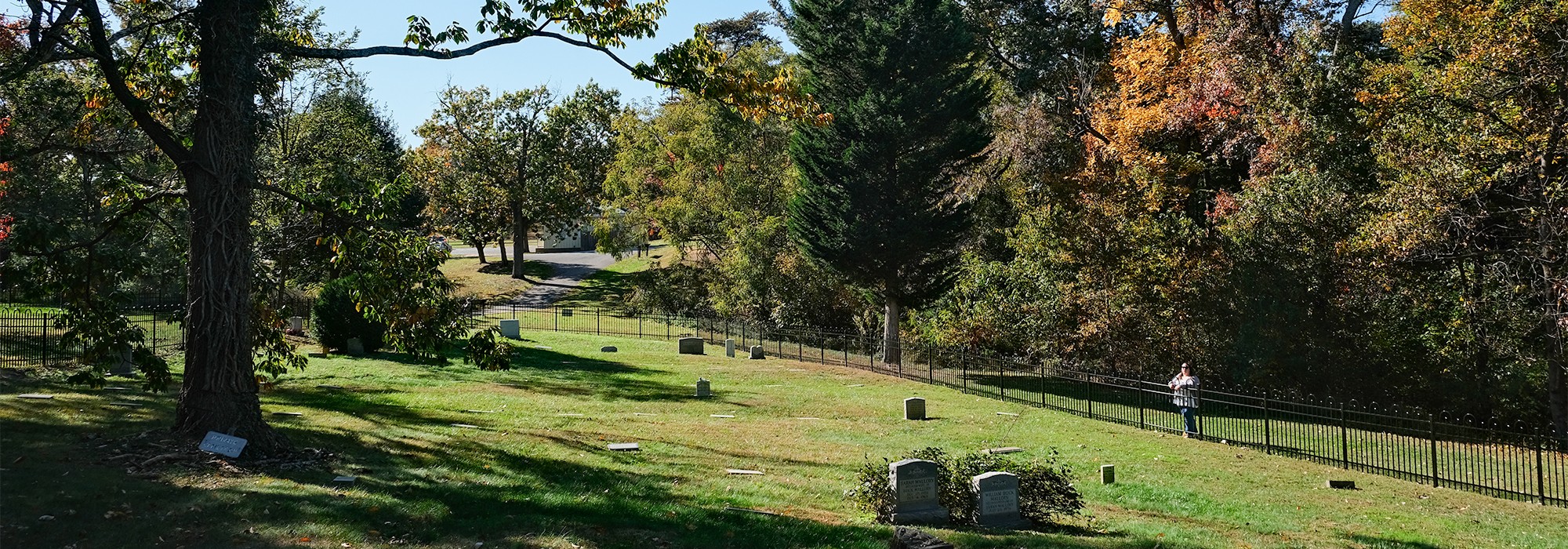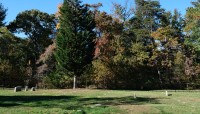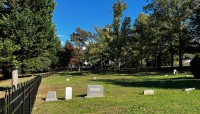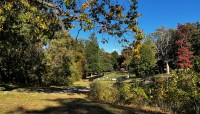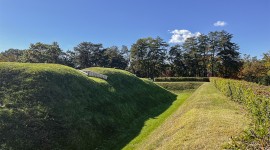Landscape Information
This .47-acre, gently sloping rectangular burial ground is surrounded on three sides by Fort Ward Park and Museum—the site of a Civil War fortification and Reconstruction era African American community, known as “The Fort.” Established by 1897, the cemetery served The Fort’s residents and their descendants as an active burial ground until the 1980s. The cemetery includes more than 50 burial markers and an unknown number of unmarked graves.
In In 1879 Burr Shorts and his wife, Harriett Stuart McKnight Shorts—early members of “The Fort” community—began purchasing what eventually grew to ten acres in the community’s eastern section. They set aside a portion of their land for burials and, by the early twentieth century, families in the community were purchasing plots. In 1939 the cemetery was deeded Oakland Baptist Church (est. 1888) and modified in the 1960s, when the northern segment was extended and western one shortened.
Today, the burial ground is edged to the north and east by a densely canopied, naturalized lot and residential property, respectively. Enclosed on four sides by an ornamental mental fence, a gate along its western edge provides access, where a pair of benches and commemorative signage are also situated. The cemetery includes burial plots and markers—ranging from vernacular, hand-cut to mass-produced, machine-cut examples—laid out in loosely oriented, north-south rows. Characterized by lawn, the site is interspersed with individual trees, including holly and oak, and shrubs. Other trees, including oak and a mature cedar, grow just outside the cemetery, shading the vernacular landscape.
The Oakland Baptist Church continues to own and steward the cemetery and has led rehabilitation efforts. The cemetery was listed in the National Register of Historic Places in 2018.



